24 Stadiums With Stunning Glass Roofs That Let Nature Be Part of the Game
In the realm of modern stadium design, architecture is no longer just about seating capacity or structural strength—it’s about creating immersive experiences that blur the line between nature and spectacle. One of the most stunning innovations in this evolution is the use of glass roofs—elegant, transparent canopies that flood stadiums with natural light and redefine how we experience live sports and events. These luminous structures do more than protect fans from the elements; they turn every match or concert into a choreographed display of light and shadow, where the changing sky becomes part of the performance. With their sleek curves, eco-conscious engineering, and breathtaking transparency, these stadiums stand at the intersection of beauty and functionality. In this newly expanded list of 24 jaw-dropping stadiums, we spotlight some of the world’s most captivating arenas where glass roofs take center stage—celebrated not just for their innovation, but for the unforgettable atmosphere they create.
1. An Iconic Example: Allianz Arena, Munich
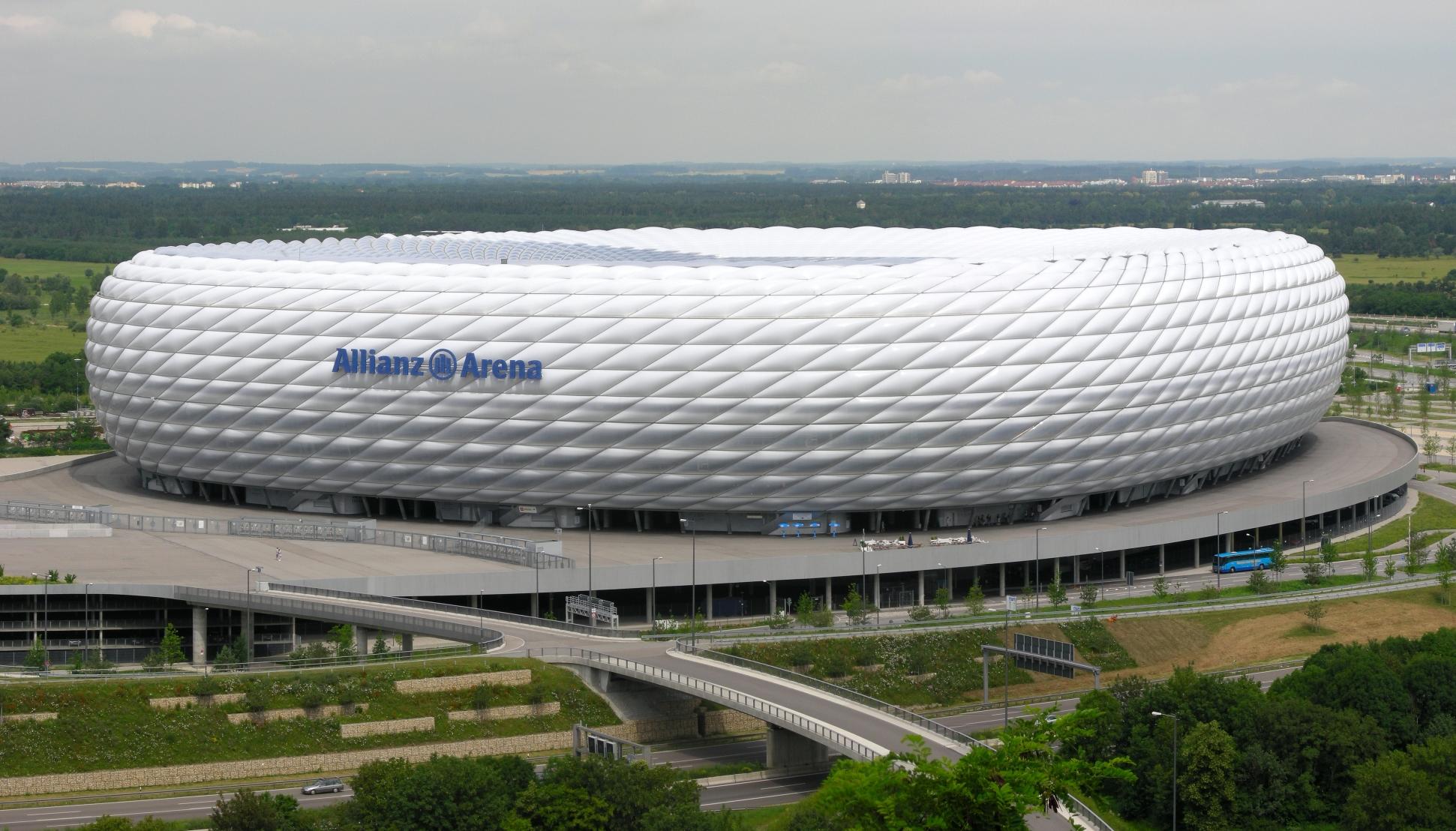
One of the most iconic examples of a stadium with a glass roof is the Allianz Arena in Munich, Germany. Known for its striking facade that can change colors to reflect the home team, the stadium features a partial glass roof that allows natural light to illuminate the interior. This design creates a vibrant and welcoming atmosphere, enhancing the spectator experience and making the stadium a landmark in its own right. The Allianz Arena demonstrates how glass roofs can be used to create a visually stunning structure that is both functional and iconic, setting a standard for future stadium designs around the world.
2. The Architectural Masterpiece of Wembley Stadium
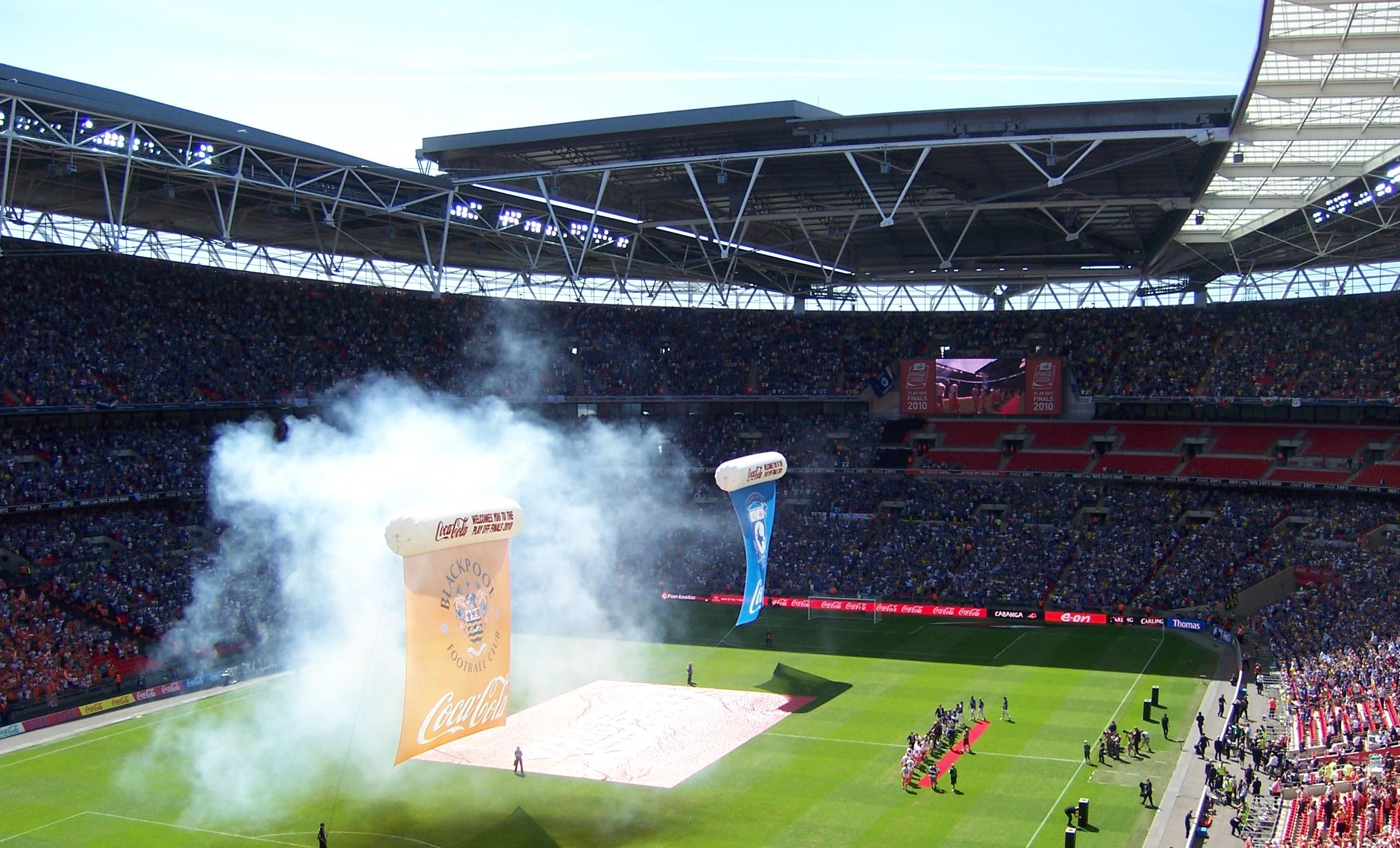
Wembley Stadium in London is another prime example of how glass roofs can transform a stadium into an architectural masterpiece. The iconic arch that spans the stadium is a feat of engineering, supporting the roof without the need for internal columns that could obstruct views. The glass roof allows natural light to flood the interior, creating a bright and airy atmosphere that enhances the spectator experience. The design of Wembley Stadium reflects a perfect balance between form and function, showcasing how modern architecture can create spaces that are both beautiful and practical. The use of glass not only adds to the aesthetic appeal but also plays a crucial role in the stadium's functionality.
3. The Multifaceted Design of SoFi Stadium
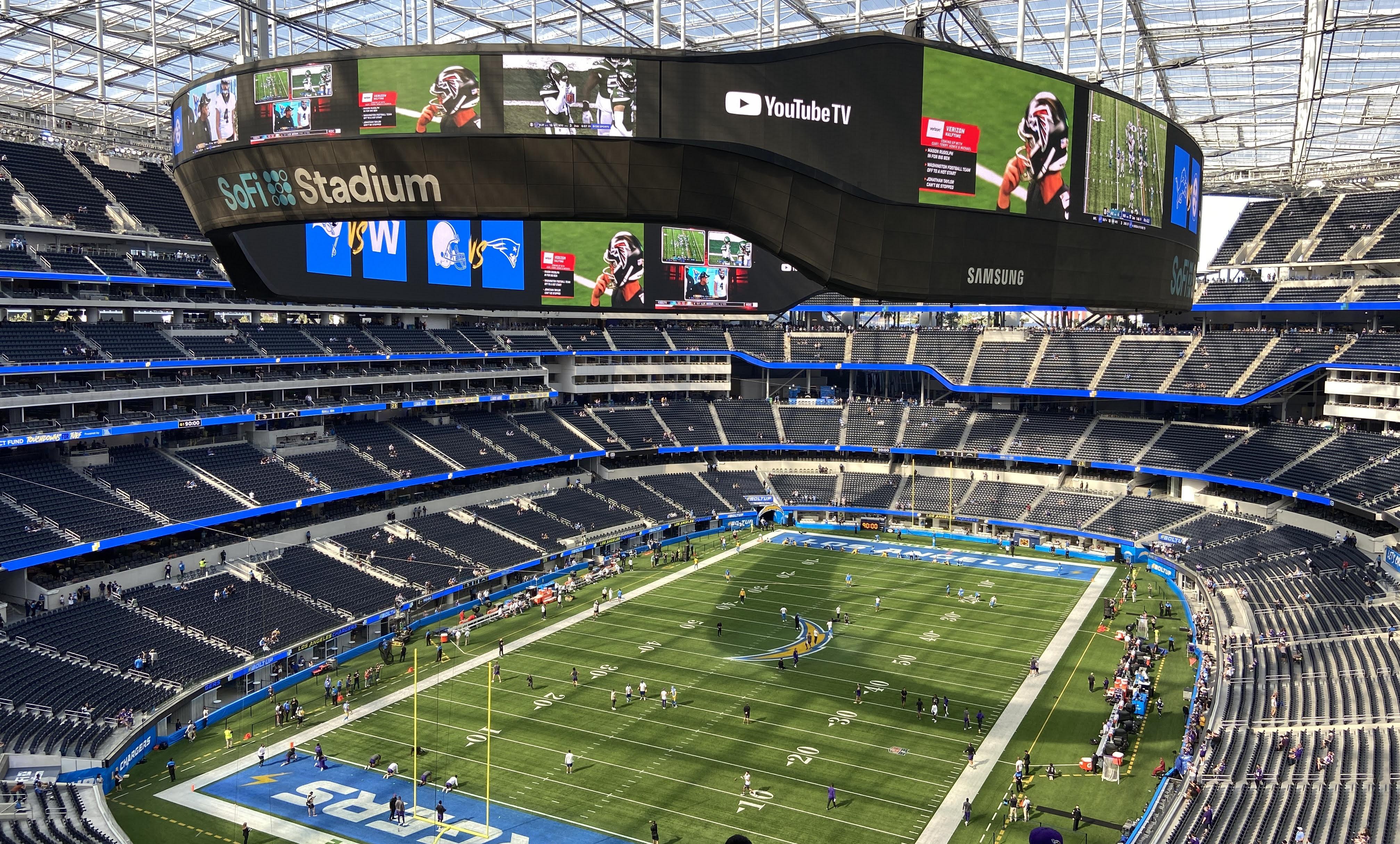
SoFi Stadium in Inglewood, California, is a testament to the versatility of glass roofs in stadium design. The stadium features a transparent roof made of a unique material known as ETFE, which allows natural light to enter while providing protection from the elements. This innovative design creates an open-air feel while maintaining the comfort of an indoor environment. The use of glass and ETFE in the roof allows for breathtaking views of the surrounding area, connecting spectators with the environment and enhancing the overall experience. SoFi Stadium exemplifies how modern materials and design techniques can be used to create a space that is both cutting-edge and inviting.
4. The Cultural Significance of the National Stadium, Beijing
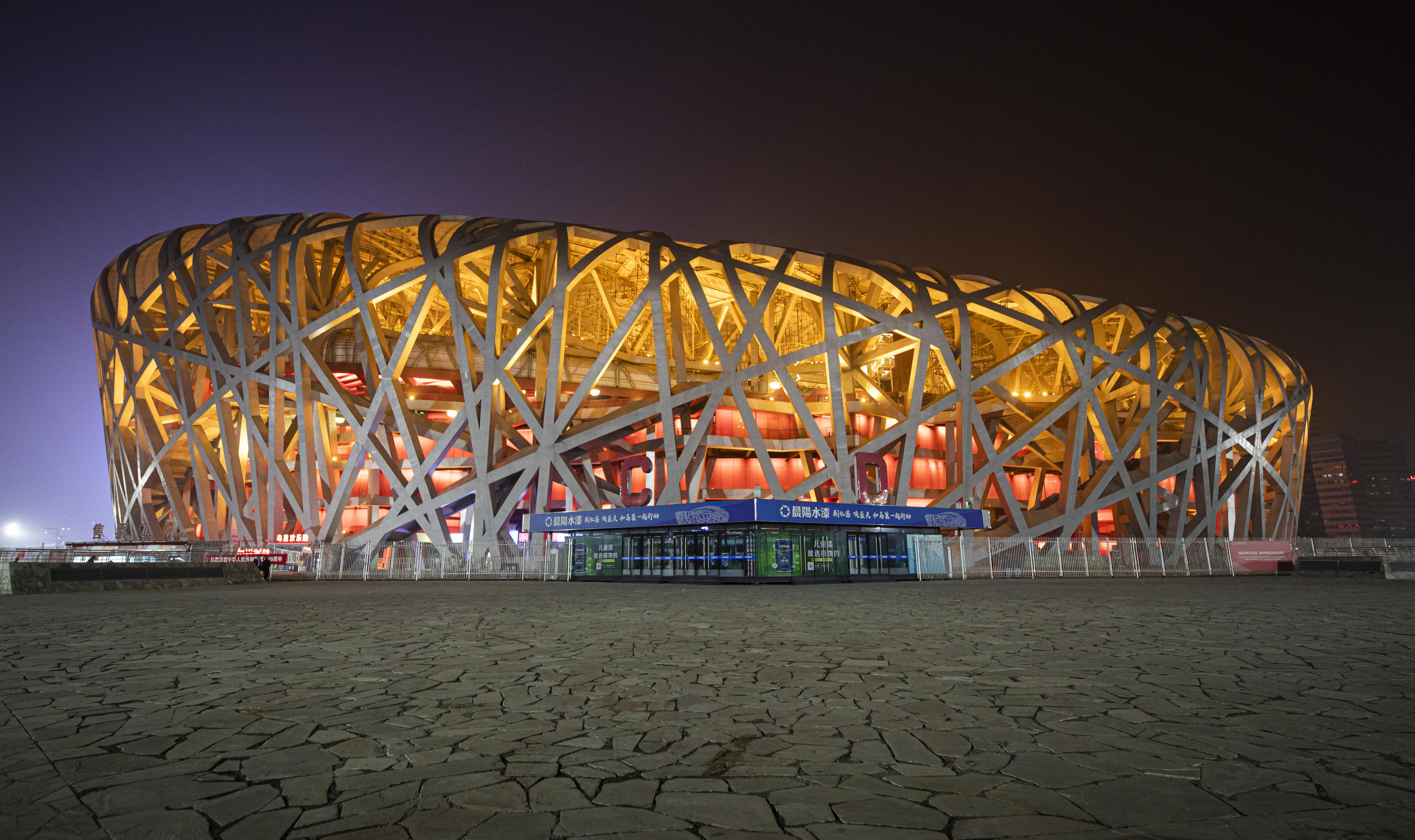
The National Stadium in Beijing, also known as the "Bird's Nest," is a cultural icon that showcases the potential of glass roofs in stadium design. The stadium's unique lattice structure, combined with its use of transparent materials, creates a visually stunning effect that reflects the rich cultural heritage of China. The glass roof allows natural light to filter through the intricate design, creating a dynamic interplay of light and shadow that enhances the spectator experience. The National Stadium demonstrates how architecture can be used to celebrate cultural identity while incorporating modern design elements that enhance functionality and aesthetic appeal.
5. The Innovative Design of the Singapore National Stadium
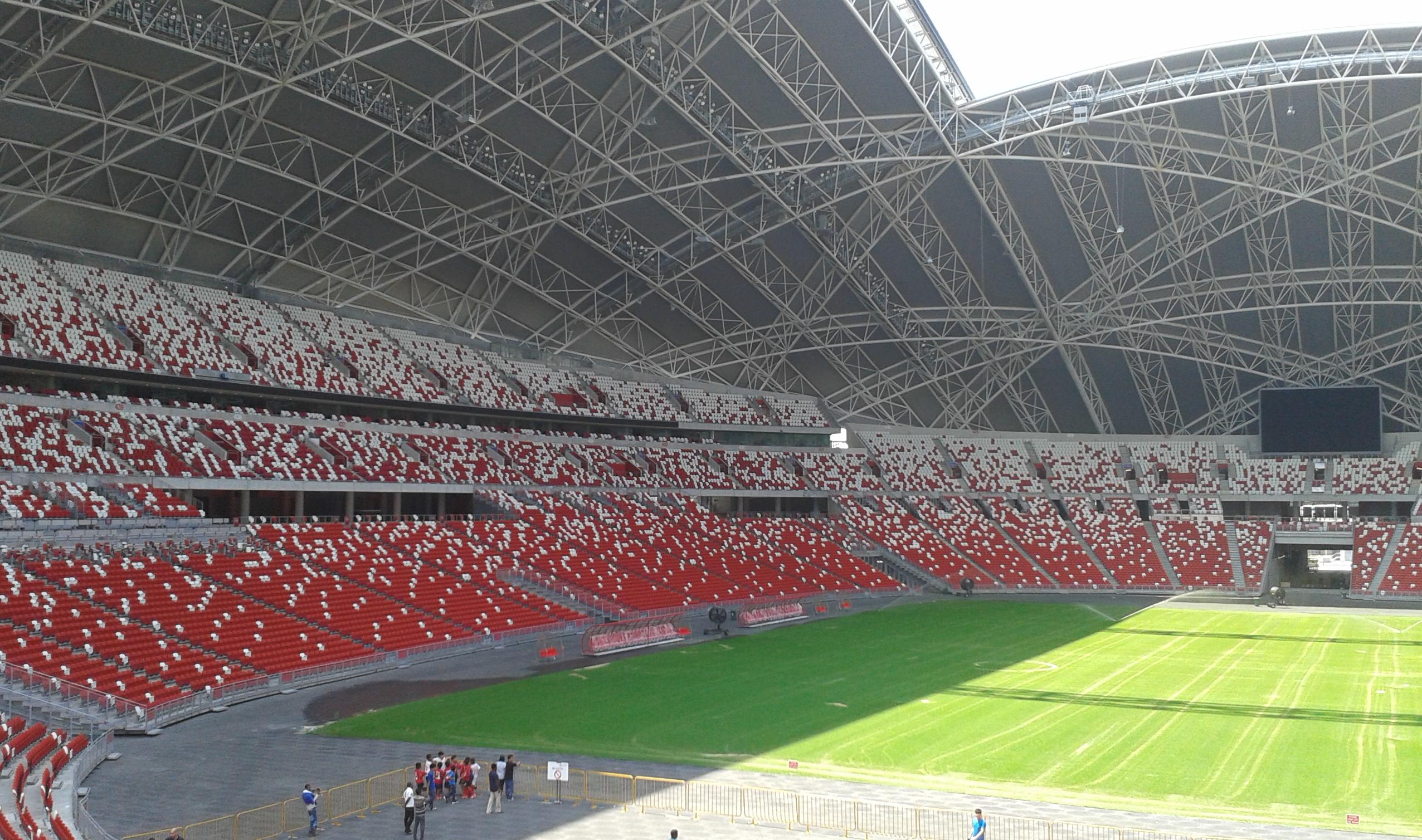
The Singapore National Stadium is a marvel of modern engineering, featuring the world's largest free-spanning dome and a retractable glass roof. This innovative design allows the stadium to adapt to different events and weather conditions, providing flexibility and comfort for spectators. The glass roof provides natural light and an open-air feel, enhancing the atmosphere and creating a connection with the surrounding environment. The stadium's design reflects Singapore's commitment to innovation and sustainability, showcasing how modern architecture can create spaces that are both functional and beautiful. The use of glass in the roof is a key element in achieving this balance, demonstrating the potential of transparent materials in stadium design.
6. The Harmony of Nature and Architecture at Estádio da Luz
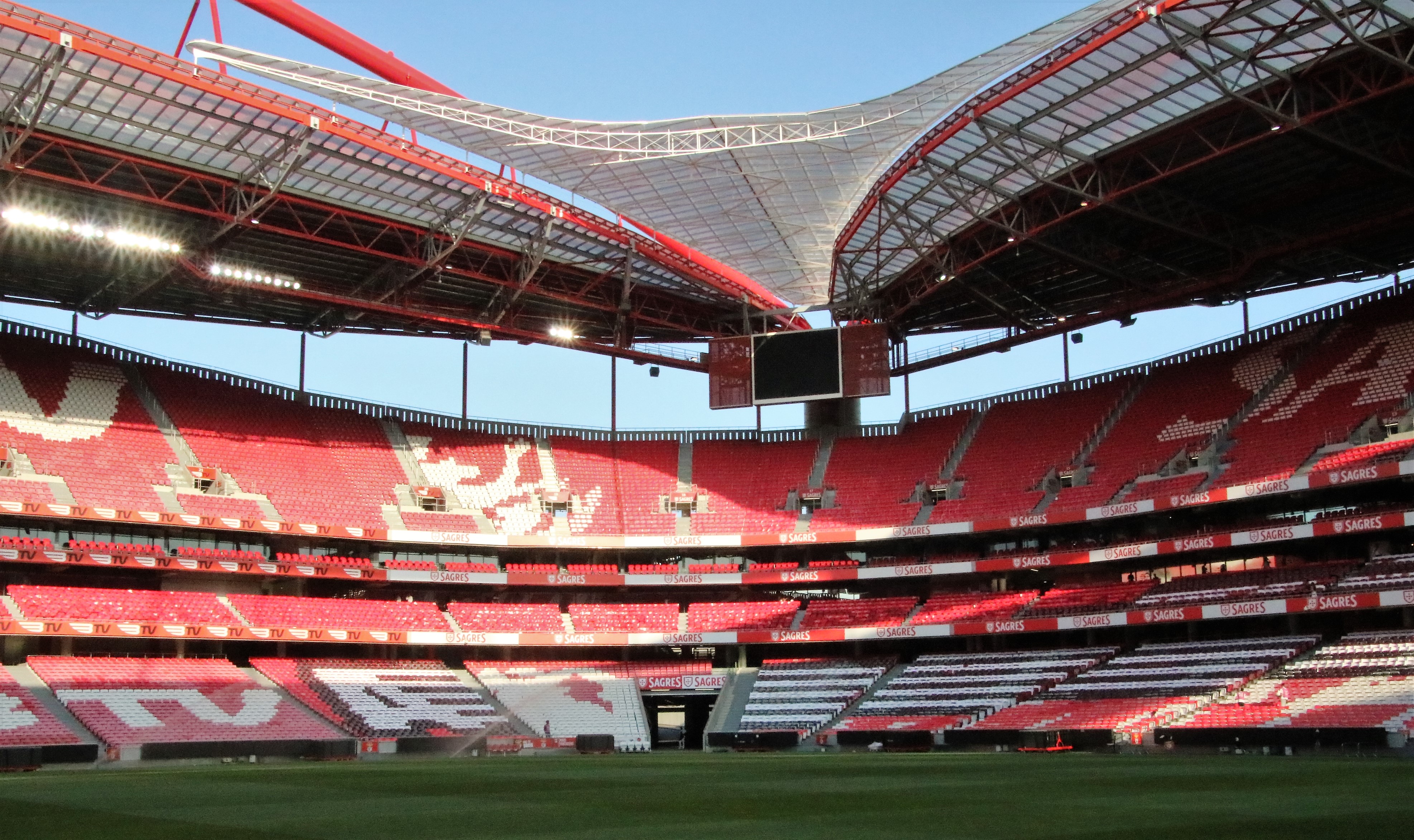
Estádio da Luz in Lisbon, Portugal, is a shining example of how glass roofs can harmonize nature and architecture. The stadium is designed to maximize natural light, with a glass roof that creates a bright and inviting atmosphere. This design not only enhances the aesthetic appeal of the stadium but also creates a connection with the natural environment, allowing spectators to enjoy the beauty of the surrounding landscape. The interplay of light and shadow on the field adds a dynamic element to the spectator experience, making each event at Estádio da Luz a unique and captivating spectacle. The stadium demonstrates how architecture can be used to create spaces that celebrate the beauty of nature while providing a functional and comfortable environment for spectators.
7. The Technological Advancements at Mercedes-Benz Stadium
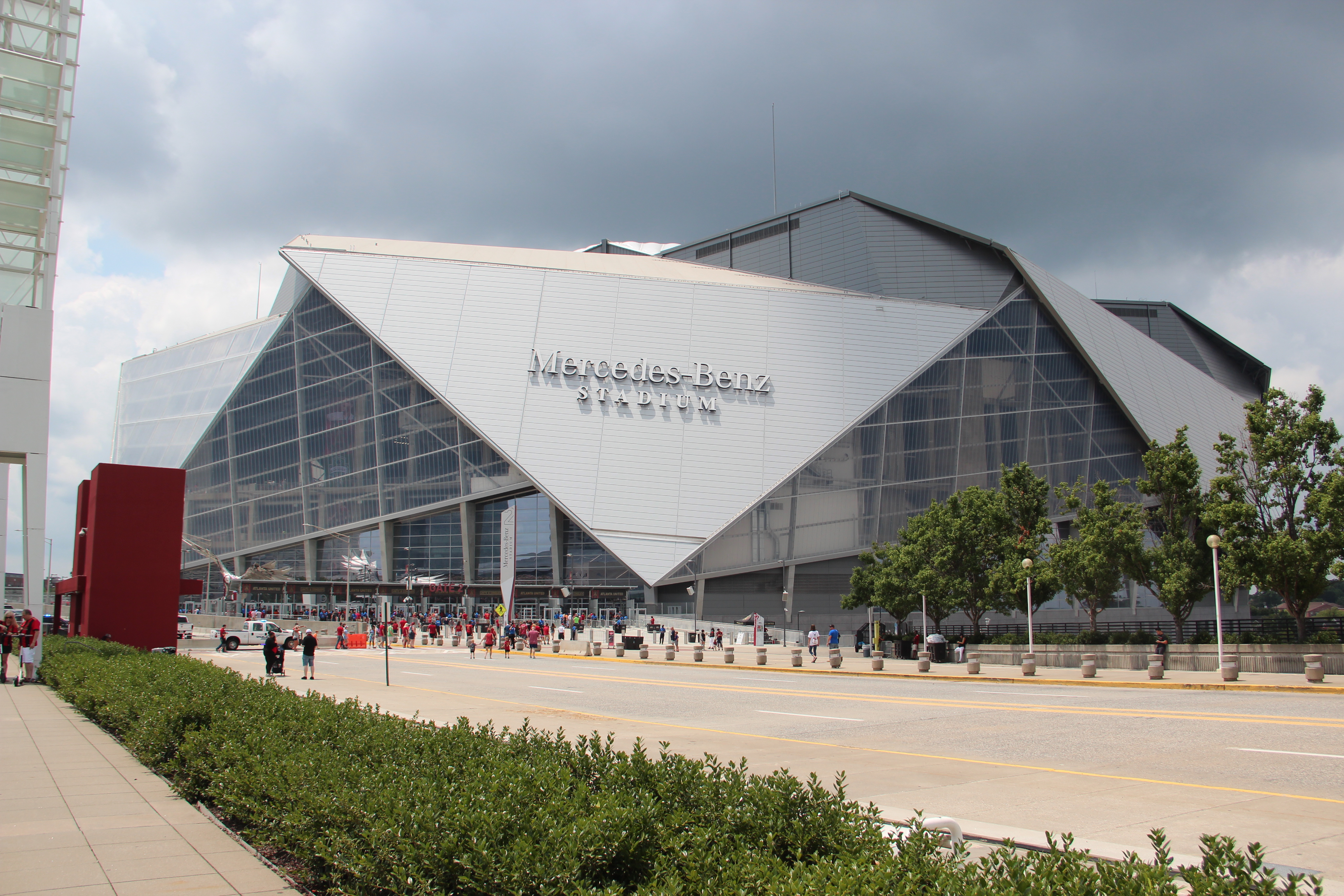
Mercedes-Benz Stadium in Atlanta, Georgia, is a testament to the role of technology in modern stadium design. The stadium features a retractable roof made of glass and ETFE, allowing for flexibility and adaptability to different events and weather conditions. The use of advanced materials and design techniques creates a visually stunning structure that maximizes natural light and enhances the spectator experience. The stadium's design reflects a commitment to innovation and sustainability, showcasing how modern technology can be used to create spaces that are both functional and beautiful. The use of glass in the roof is a key element in achieving this balance, demonstrating the potential of transparent materials in stadium design.
8. The Spectacular Luzhniki Stadium, Moscow
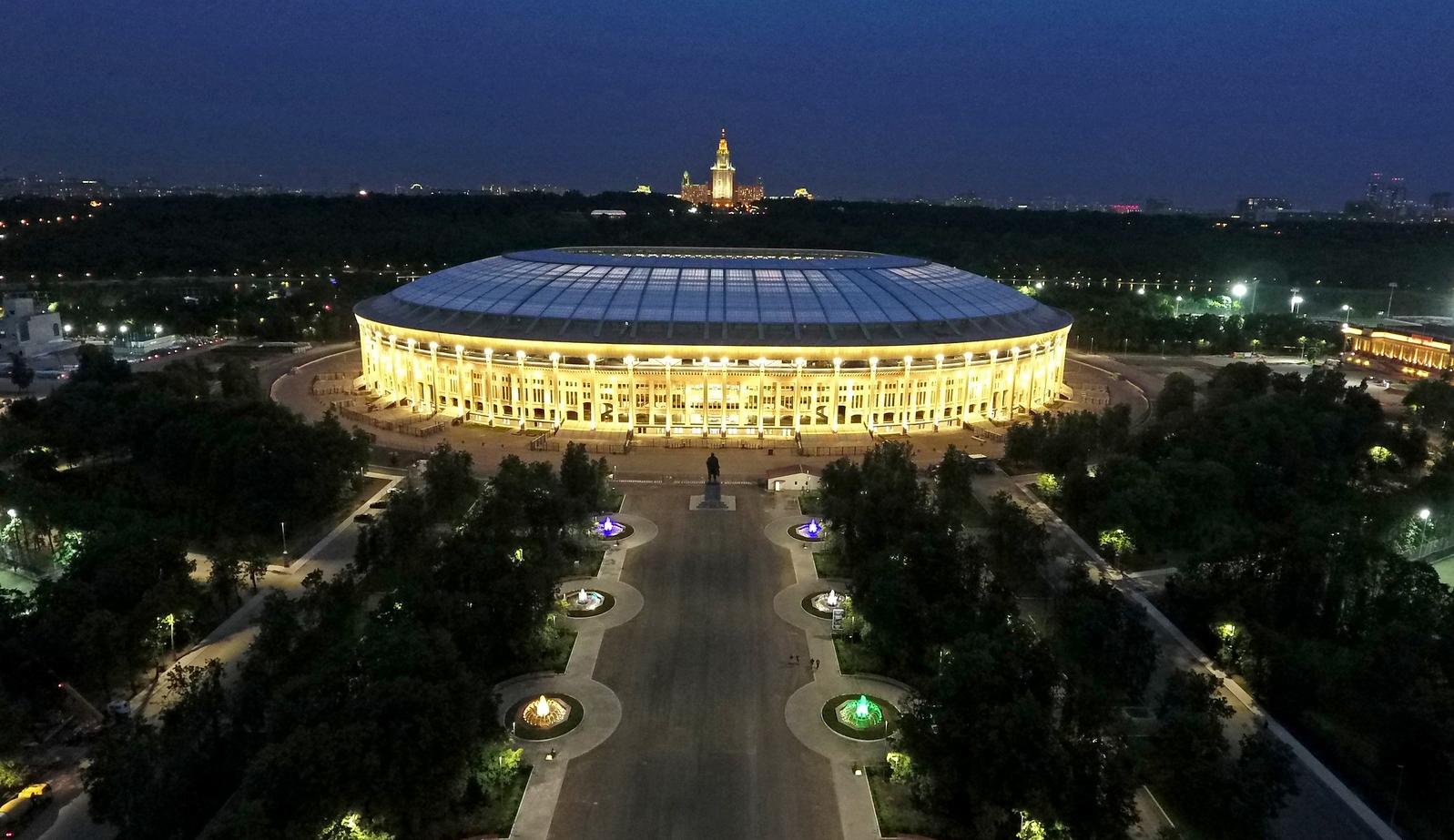
Luzhniki Stadium, Russia’s largest and most iconic sports venue, underwent a stunning renovation for the 2018 FIFA World Cup, which included a striking glass-paneled roof that now envelops the stadium in natural light. The 360-degree glass roof is one of the stadium’s most captivating features, designed to maximize visibility while offering protection from harsh weather conditions. Before the renovation, Luzhniki was a traditional Soviet-era stadium with a more enclosed, heavier structure. But with the modernization of the roof, the stadium has transformed into a sleek, energy-efficient, and well-illuminated sporting hub. The glass roof reflects Moscow’s skyline during evening games, blending past and future seamlessly. It stands as a prime example of how classic stadiums can be revitalized with modern glass technology to create a more immersive experience.
9. Johan Cruyff Arena, Amsterdam – A Legacy of Innovation
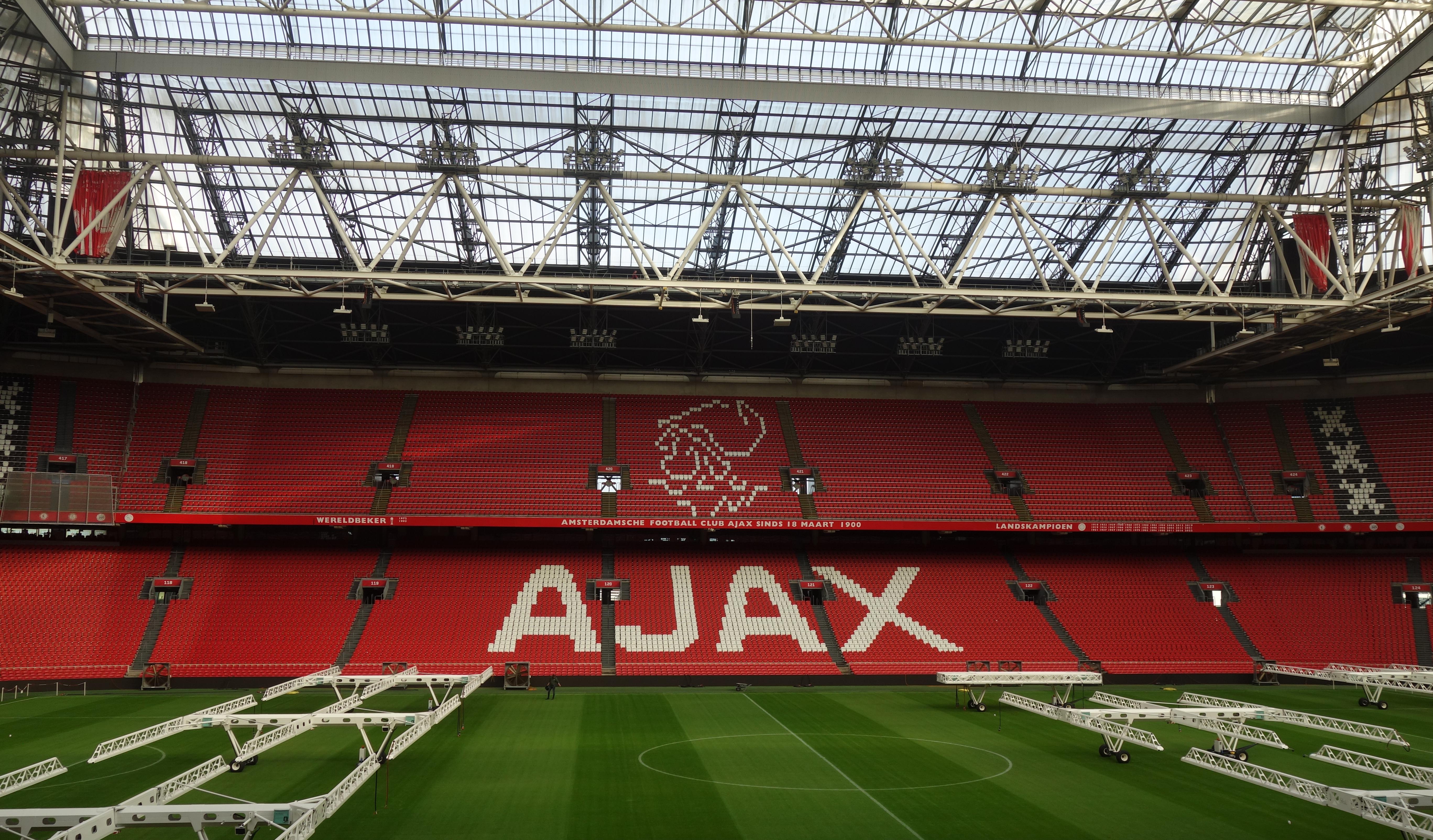
Originally known as Amsterdam Arena, the Johan Cruyff Arena is home to AFC Ajax and is one of Europe’s pioneering stadiums in utilizing a fully retractable glass roof. The roof design allows maximum daylight penetration, reducing the need for artificial lighting and creating a naturally vibrant playing environment. Beyond aesthetics, the glass roof enhances sustainability efforts, integrating solar panels and rainwater collection systems, making it one of the most eco-conscious stadiums in the world. The update in 2018 further improved the structure's energy efficiency, making it an excellent model for stadium sustainability and architectural brilliance.
10. Allegiant Stadium, Las Vegas – The Glass Fortress of the Desert
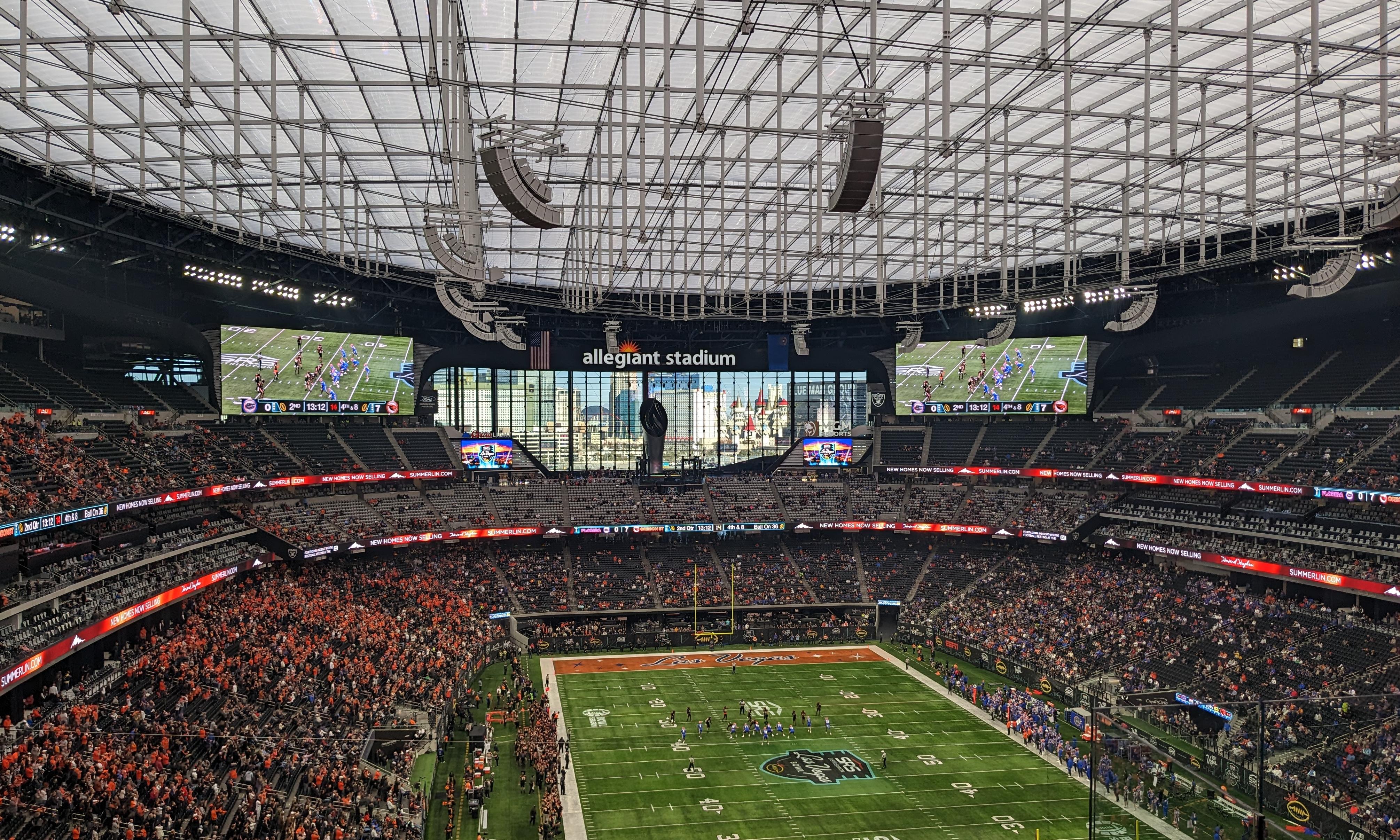
Nicknamed the "Death Star" for its futuristic, jet-black exterior, Allegiant Stadium—home of the Las Vegas Raiders—is a marvel of modern stadium engineering. Its partially transparent, domed roof is made from lightweight ETFE panels, allowing a perfect balance of natural lighting and climate control, crucial for Las Vegas’ extreme desert temperatures. The use of glass and ETFE roofing ensures that the stadium remains cool while maintaining a bright, open-air feel. The stadium’s technological advancements—including a 52-foot-high glass wall that opens to reveal the Vegas skyline—make it one of the most visually dynamic stadiums in the world.
11. Veltins-Arena, Gelsenkirchen – Germany’s Glass-Walled Wonder
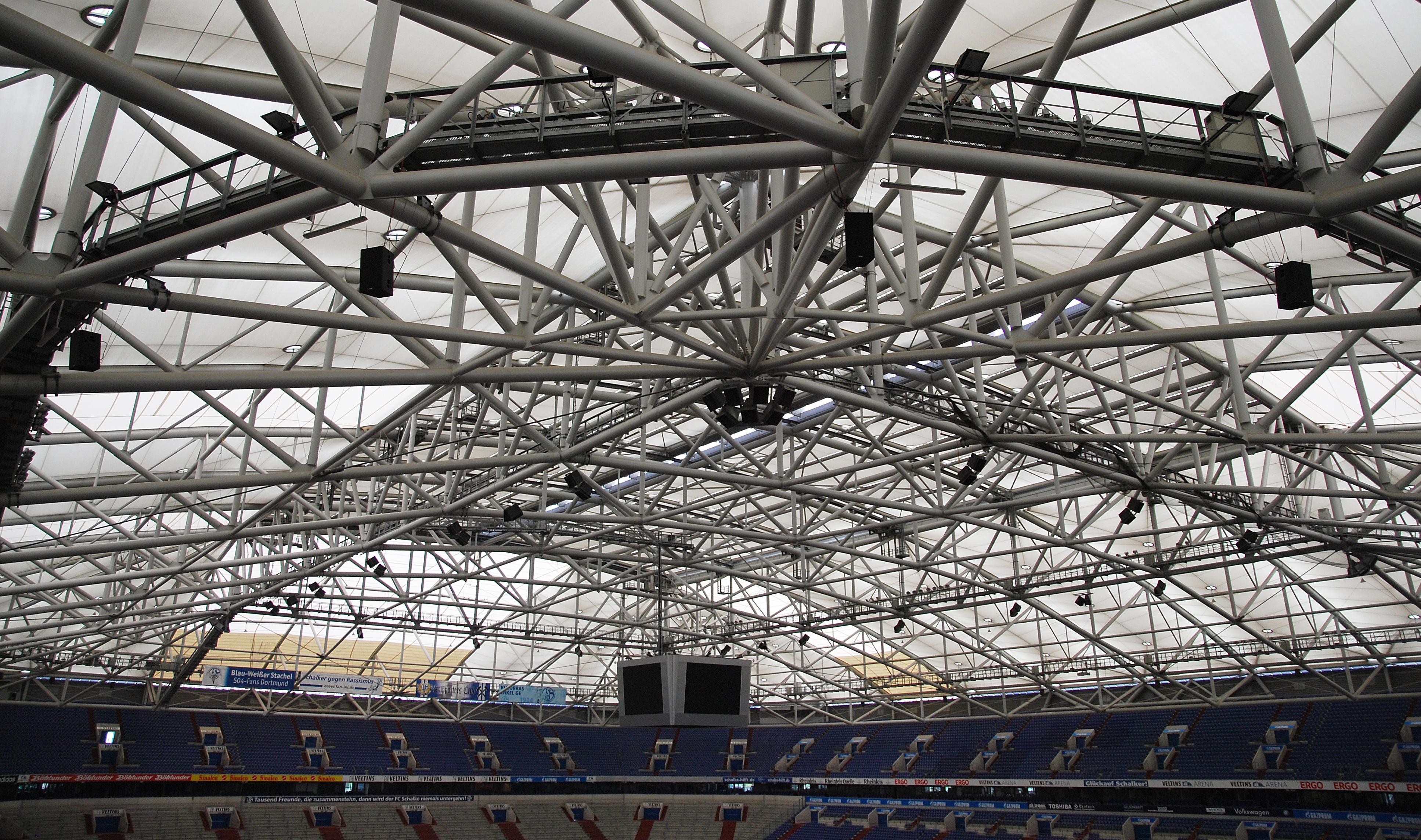
Home to FC Schalke 04, the Veltins-Arena is one of Germany’s most innovative stadiums, featuring a glass-paneled retractable roof and a completely movable field—a rare engineering feat. The glass roof allows natural light to filter through, reducing energy consumption and creating a well-lit playing surface. What sets Veltins-Arena apart is its ability to slide the entire pitch outside to allow the grass to grow under direct sunlight, ensuring optimal playing conditions year-round. This blend of natural lighting, sustainability, and high-tech engineering makes it one of the most versatile stadiums in the world.
12. Fiserv Forum, Milwaukee – A Multi-Purpose Glass Marvel
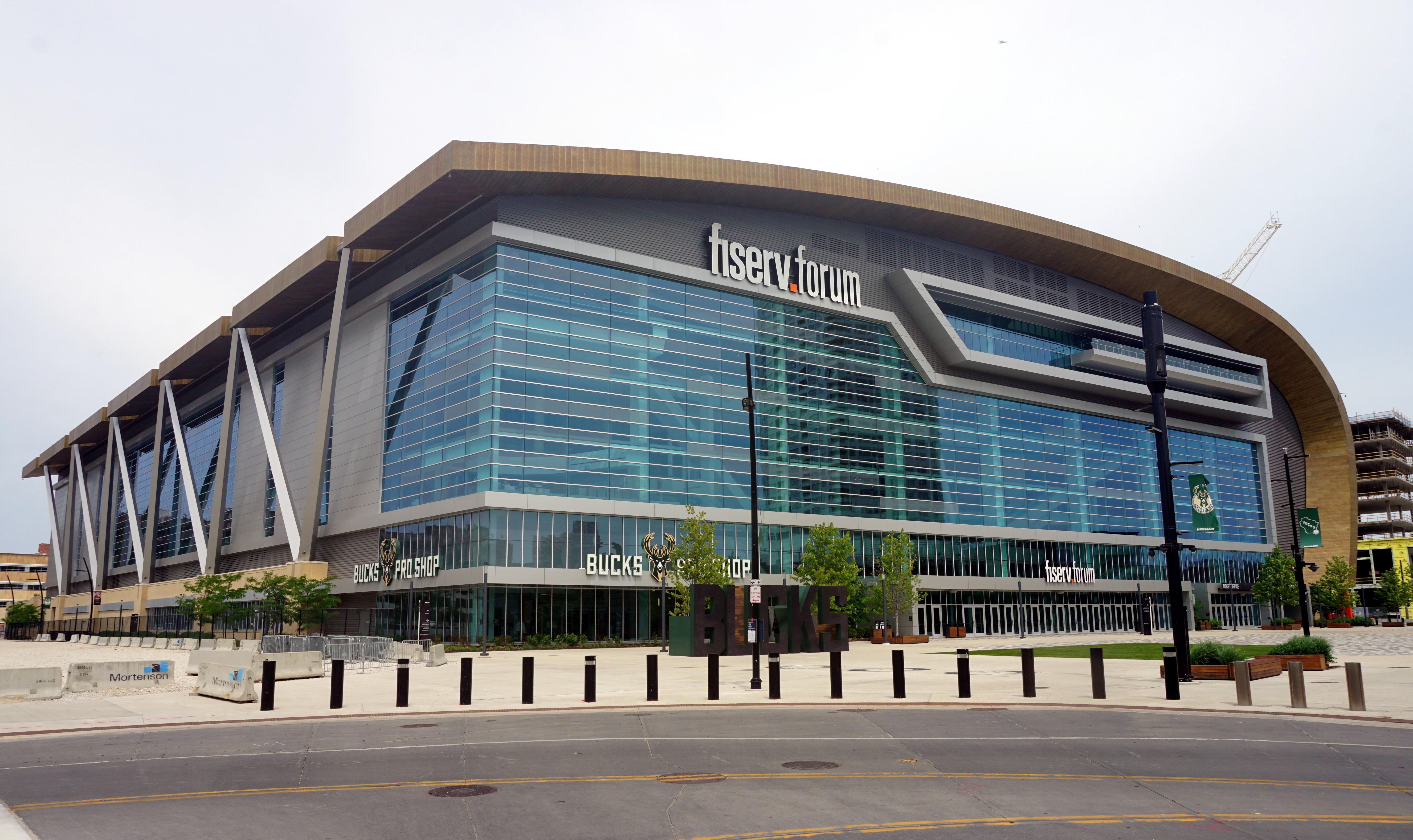
Though primarily built for basketball and home to the Milwaukee Bucks, the Fiserv Forum is a multi-functional stadium that incorporates glass architecture in a groundbreaking way. Instead of using only a transparent roof, the stadium integrates a massive curved glass facade, providing unobstructed natural lighting while offering spectators breathtaking views of the Milwaukee skyline. The glass exterior creates an illusion of openness, ensuring a seamless connection between the city and the sporting action inside. This unique integration of glass transparency and LED technology makes Fiserv Forum one of the most visually striking indoor stadiums ever built.
13. Tokyo Dome – Japan’s Glass-Enclosed Giant
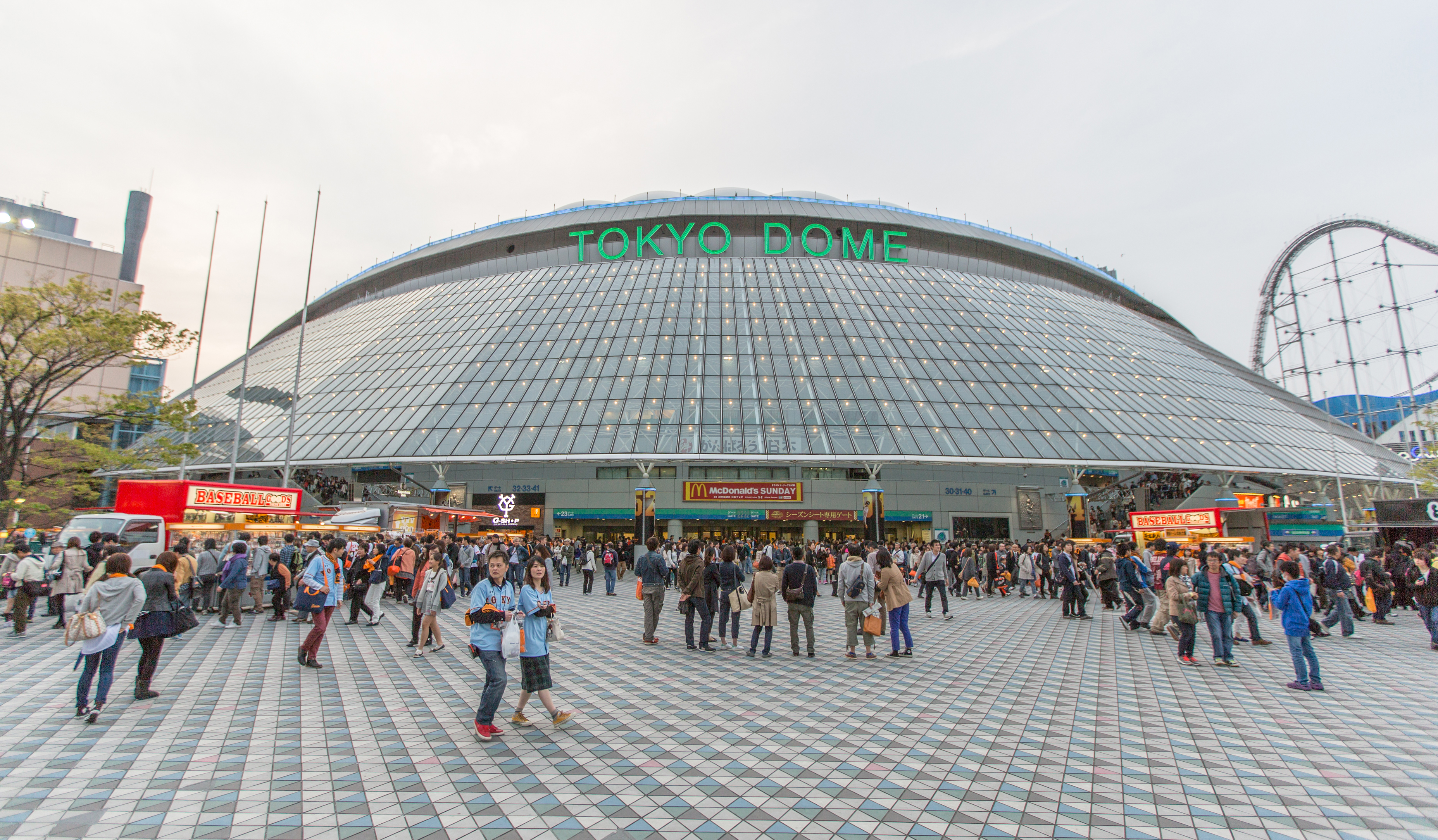
The Tokyo Dome, nicknamed "The Big Egg," was one of the first stadiums in the world to feature a domed, air-supported roof with glass elements. Unlike rigid steel structures, the Tokyo Dome’s partially transparent roofing system is a pressurized membrane supported by air, allowing natural light to illuminate the field while protecting spectators from extreme weather conditions. The stadium remains one of Japan’s most iconic multi-purpose venues, hosting baseball, concerts, and even sumo wrestling events. The clever use of glass-like materials in its roof helps to distribute light evenly across the playing surface, making it one of the brightest domed stadiums in the world.
14. Tottenham Hotspur Stadium, London – A Stadium of the Future
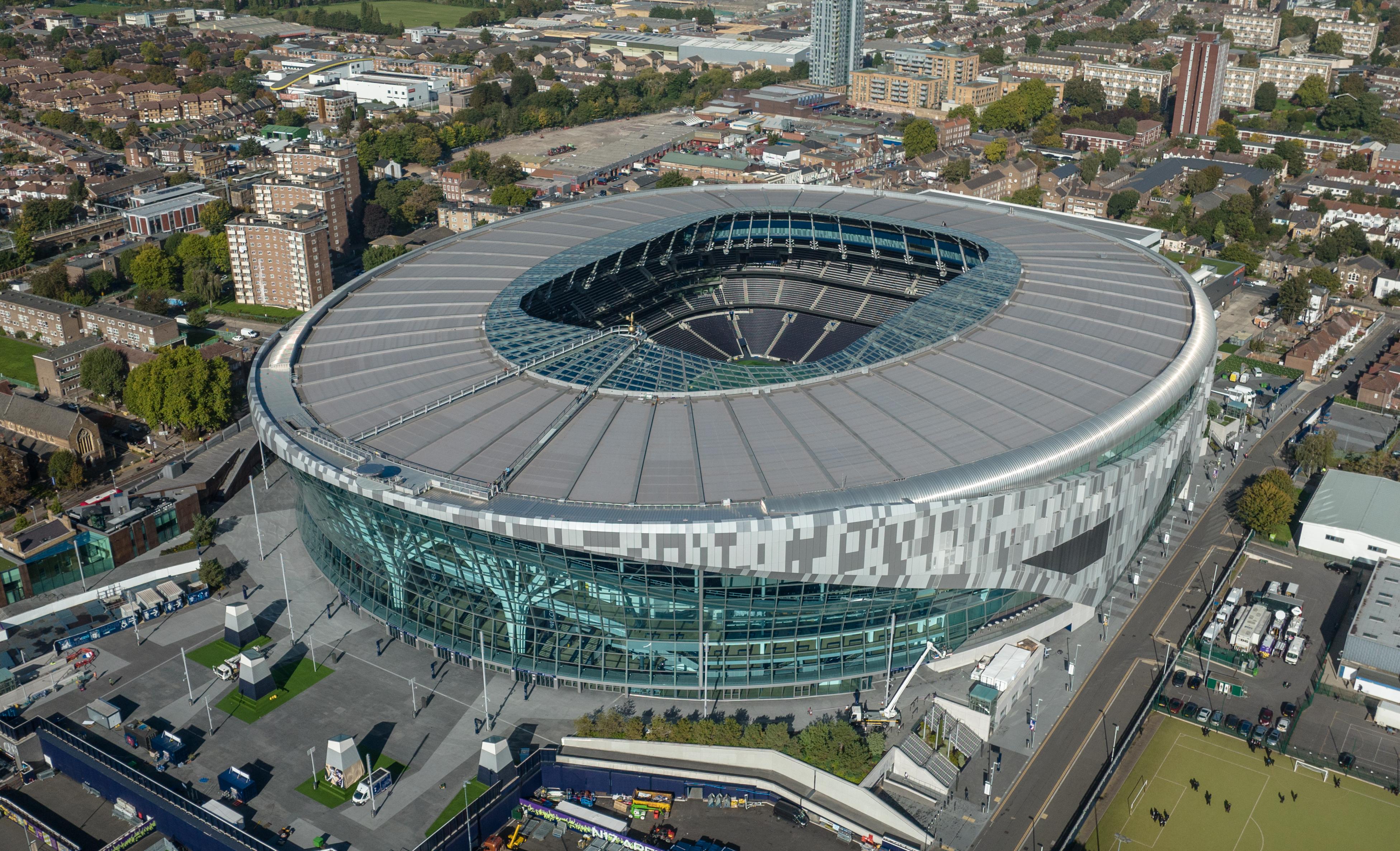
Few stadiums match the futuristic design of Tottenham Hotspur Stadium, which features a semi-transparent glass and ETFE roof that provides natural lighting while maintaining an ultra-modern aesthetic. The stadium’s innovative architecture includes a fully retractable pitch, allowing it to host both Premier League football and NFL games. The glass roof panels enhance the stadium's energy efficiency, reducing the need for artificial lighting while maintaining optimal climate conditions inside. By combining cutting-edge engineering with an eye-catching glass design, Tottenham Hotspur Stadium has redefined what modern stadiums can be, offering a glimpse into the future of sports architecture.
15. Sapporo Dome – Hokkaido, Japan
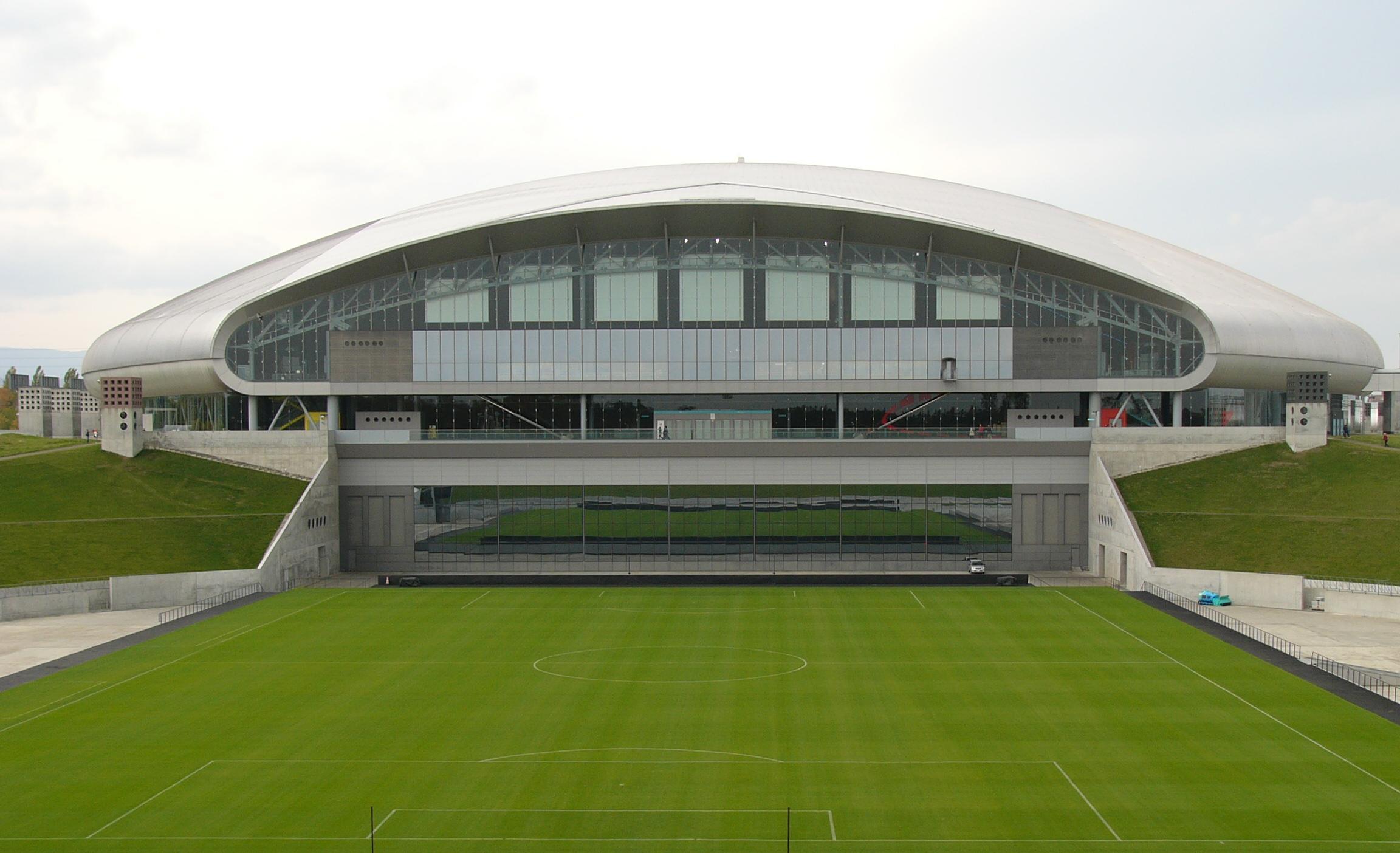
While primarily known for its mechanically sliding field, the Sapporo Dome also features a partially transparent roof that bathes the interior in crisp, cold northern light. The clever use of translucent materials softens Hokkaido’s harsh winters and allows natural illumination even when the dome is sealed shut. During day events, the combination of snow reflecting through the glass roof creates a magical, soft-lit environment that feels otherworldly—especially during winter sports and baseball games.
16. Baku Olympic Stadium – Baku, Azerbaijan
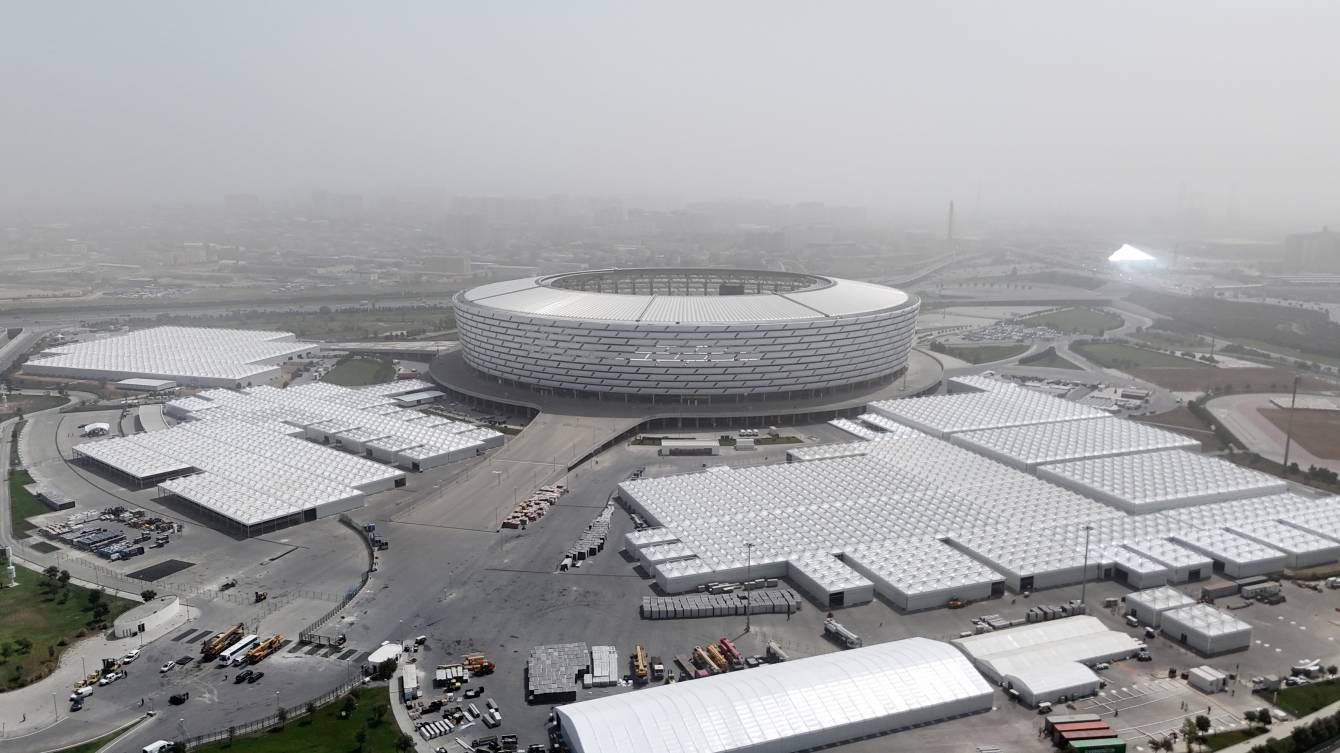
This striking stadium in Azerbaijan was built for the 2015 European Games and stands as a modern marvel of design in the Caucasus region. Featuring a translucent roof made of ETFE—a lightweight, glass-like material—the stadium allows soft, diffused sunlight to pour into the seating bowl while protecting fans from harsh weather. The result is a glowing arena that changes with the time of day, reflecting sunsets, cloud patterns, and even the city’s vibrant nighttime lighting. The exterior glass facade also mirrors the surrounding lake and skyline, making Baku Olympic Stadium feel as much like an art installation as it does a sports venue.
17. Estádio Mineirão – Belo Horizonte, Brazil
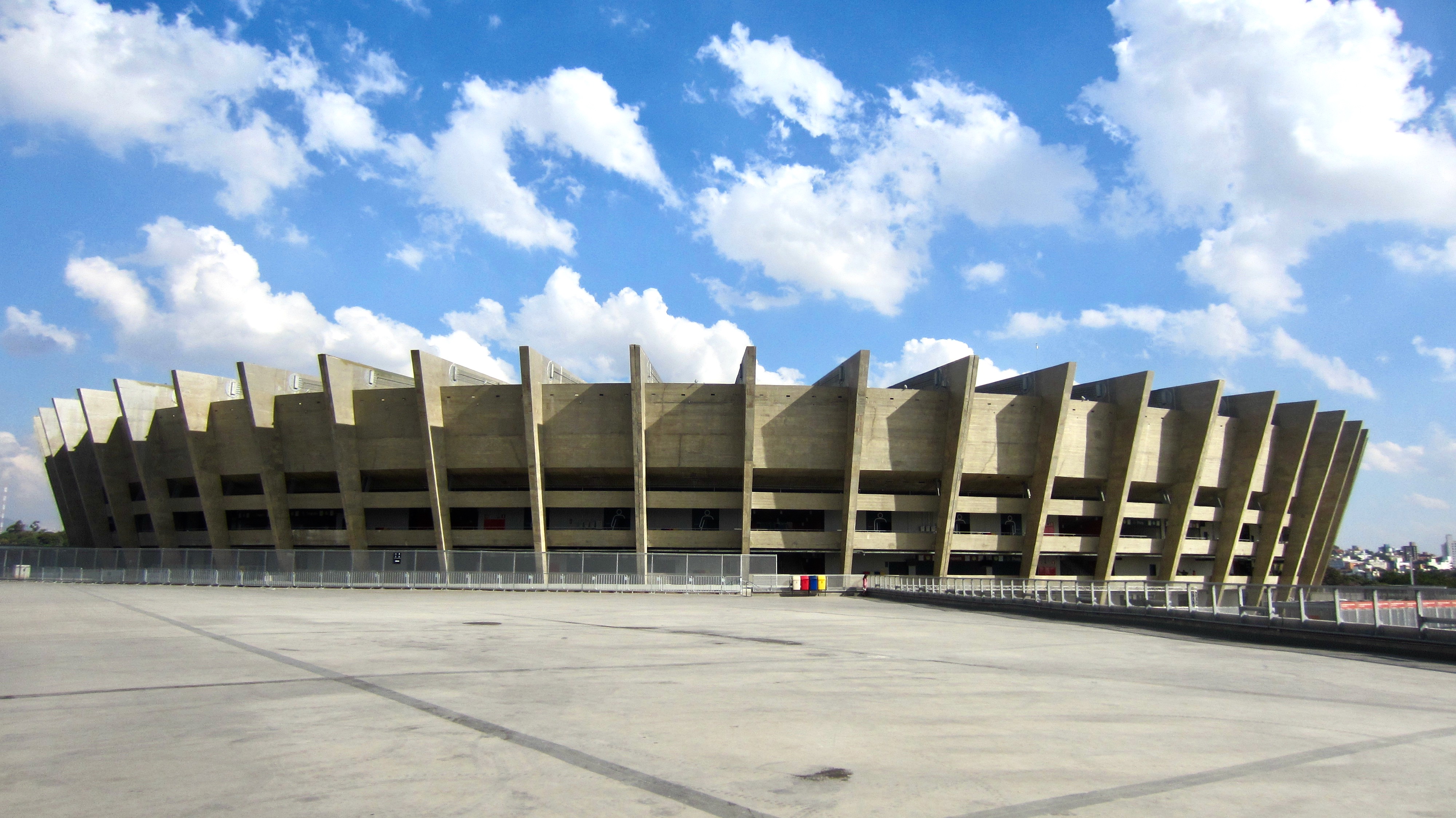
As part of Brazil’s 2014 World Cup preparations, the iconic Mineirão underwent a massive renovation that included a semi-transparent glass roof extension. The roof, fitted with solar panels and sustainable ETFE materials, now captures natural light while powering parts of the stadium itself. This blend of function and eco-conscious design creates a breezy, bright atmosphere for spectators—perfectly complementing Brazil’s football-loving culture. On sunny match days, the translucent canopy bathes the crowd in daylight, creating a vibrant, energetic ambiance that amplifies the roar of the home fans.
18. Optus Stadium – Perth, Australia
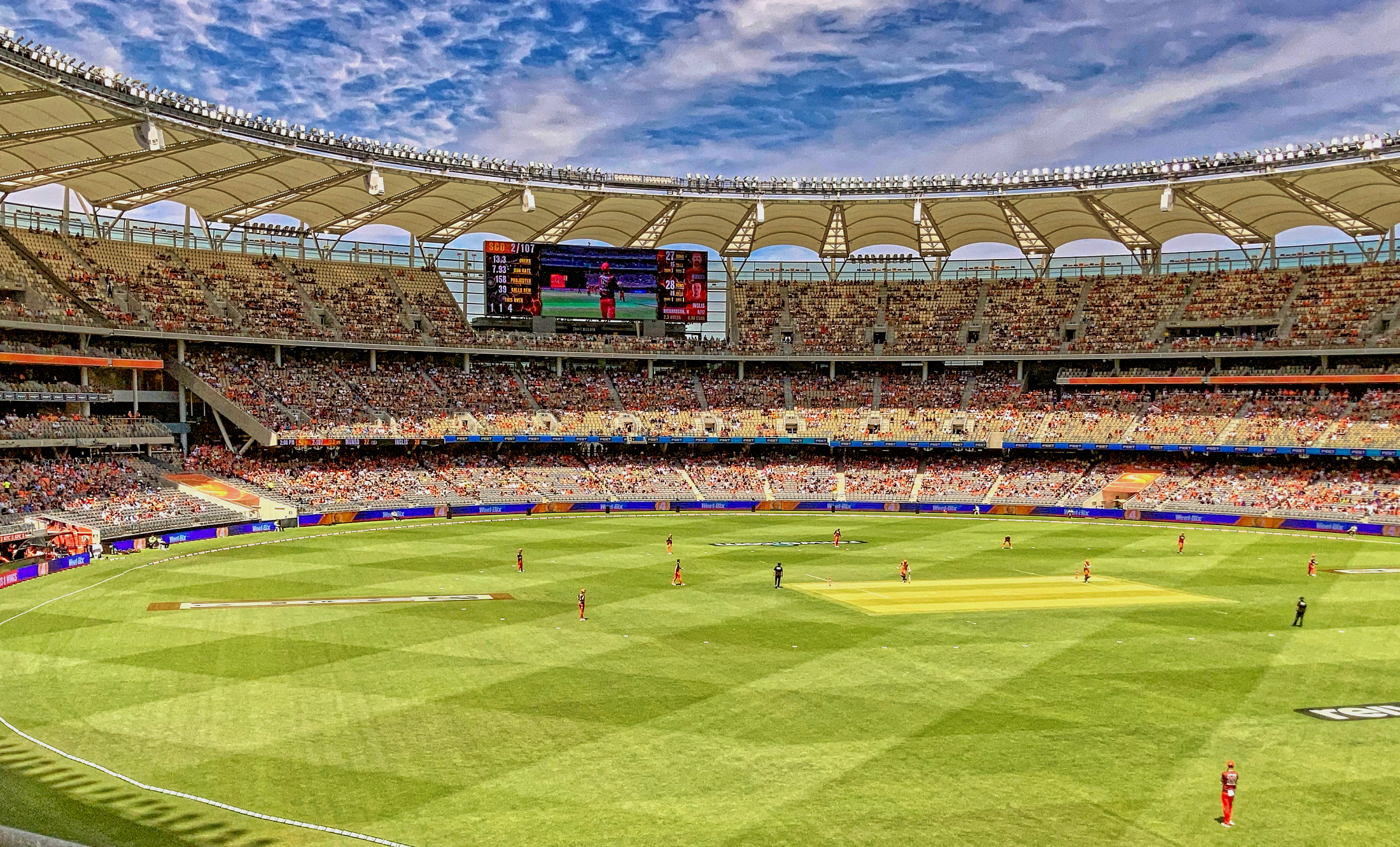
Nicknamed “The Stadium in the Park,” Optus Stadium is nestled among eucalyptus trees and riverbanks—and its design draws directly from its surroundings. Its sweeping glass roof curves like a wave, made of materials that maximize daylight while minimizing heat. The transparent edge of the canopy allows Perth’s blue skies and golden sunsets to become part of the event experience. Notably, the glass roof was also designed with acoustics in mind—trapping sound and energy inside the bowl, creating one of the loudest and most immersive stadium atmospheres in the Southern Hemisphere.
19. Aviva Stadium – Dublin, Ireland
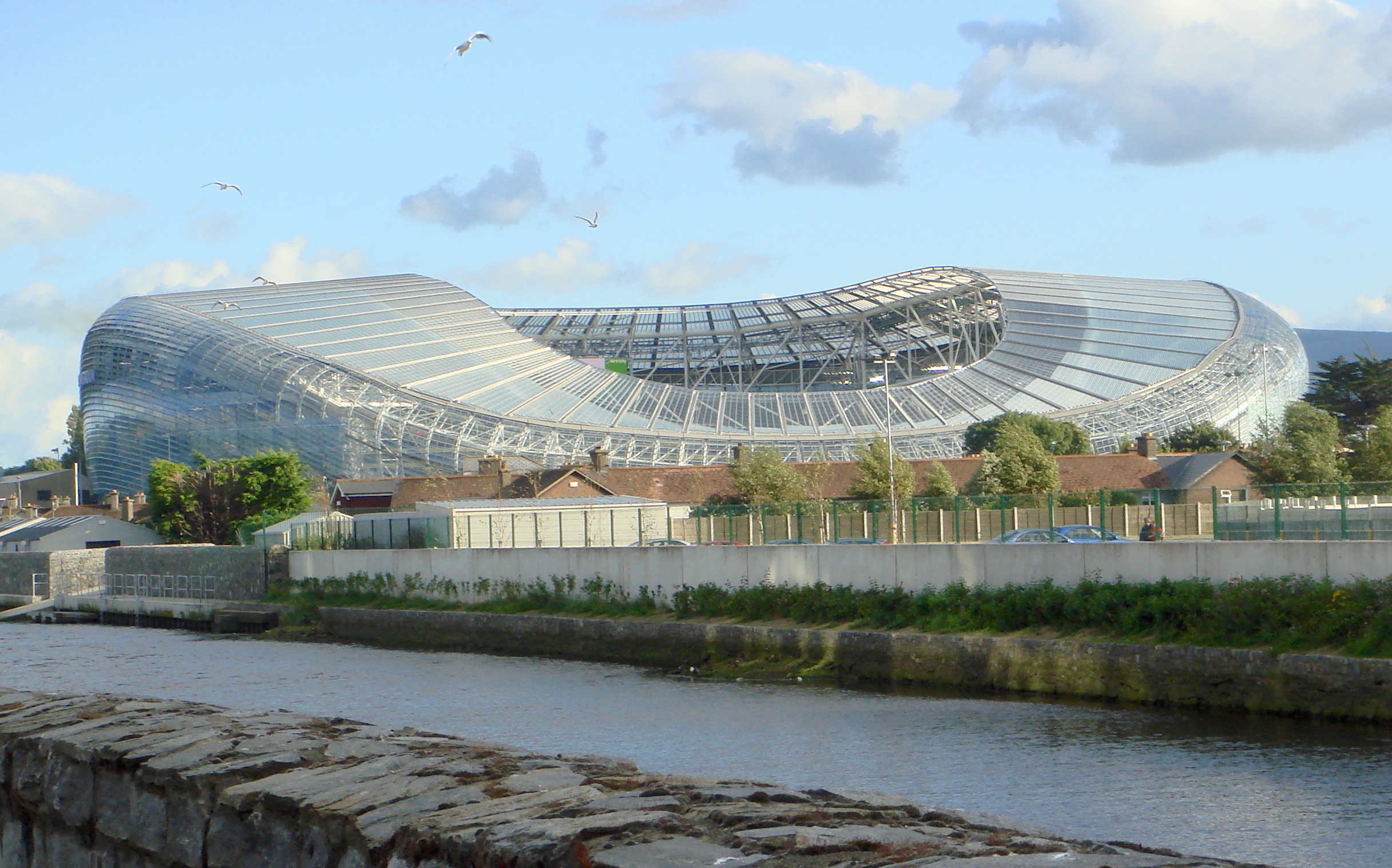
The Aviva Stadium’s unique, undulating roof is made of clear polycarbonate glass, designed not just for aesthetics, but to protect nearby neighborhoods from excessive noise and shadows. It curves like a ripple, adapting to the sloping cityscape around it while allowing maximum sunlight to reach the pitch. The roof gives the stadium a luminous glow during daytime matches and turns it into a glowing shell at night. With its commitment to sustainability and neighborhood harmony, Aviva is a masterclass in using glass to balance community, design, and spectacle.
20. Arena Corinthians – São Paulo, Brazil
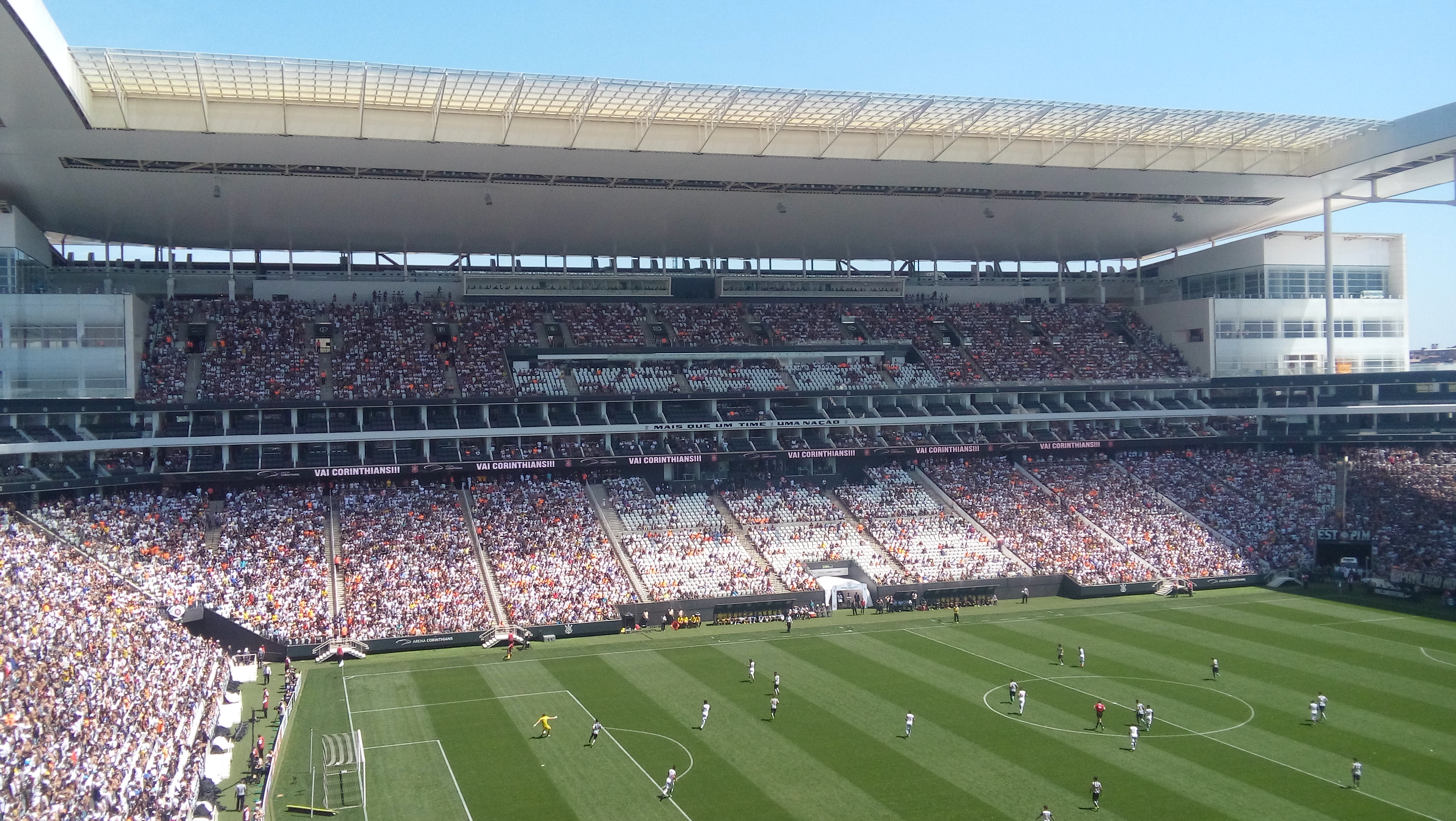
Also known as Neo Química Arena, this ultra-modern Brazilian stadium integrates a massive transparent roof structure over its east stand, creating a flood of natural light that pours into the seating area. The use of laminated glass not only reduces electricity usage but also creates a glowing "curtain" effect as sunlight hits the reflective surfaces. The glass elements are strategically placed to create contrast between shade and illumination, enhancing visibility on the pitch and creating one of the sleekest modern aesthetics in South America.
21. Krestovsky Stadium – St. Petersburg, Russia
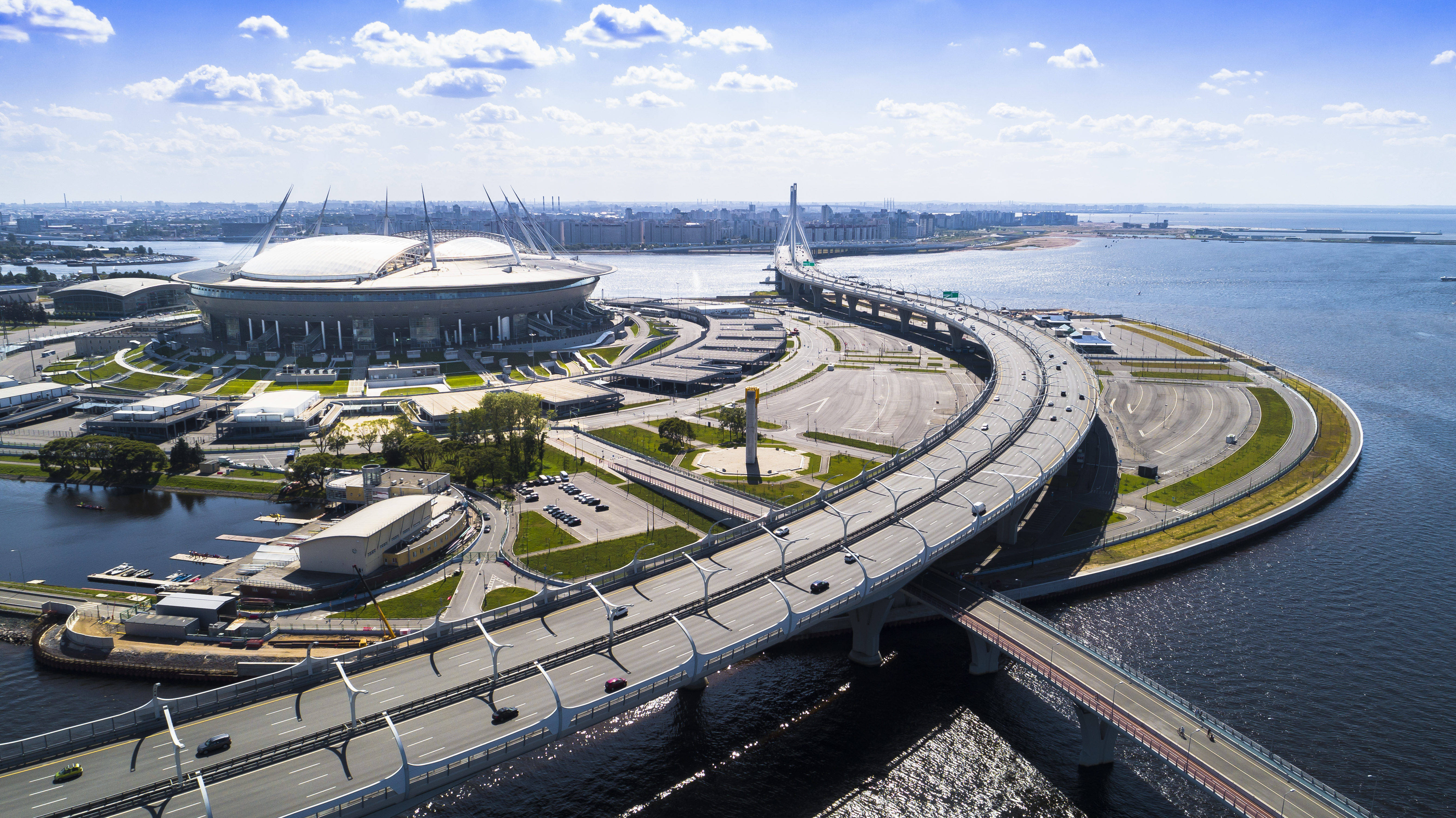
Designed by renowned architect Kisho Kurokawa, this spaceship-like stadium features a retractable roof with large glass panels and an advanced ventilation system. Often enveloped in snow and freezing temperatures, the stadium uses its glass roof to trap sunlight and maintain comfortable conditions for players and fans alike. The reflective glass dome shimmers over the Gulf of Finland, making Krestovsky Stadium a beacon of engineering and style in Russia’s northern capital.
22. National Stadium – Warsaw, Poland
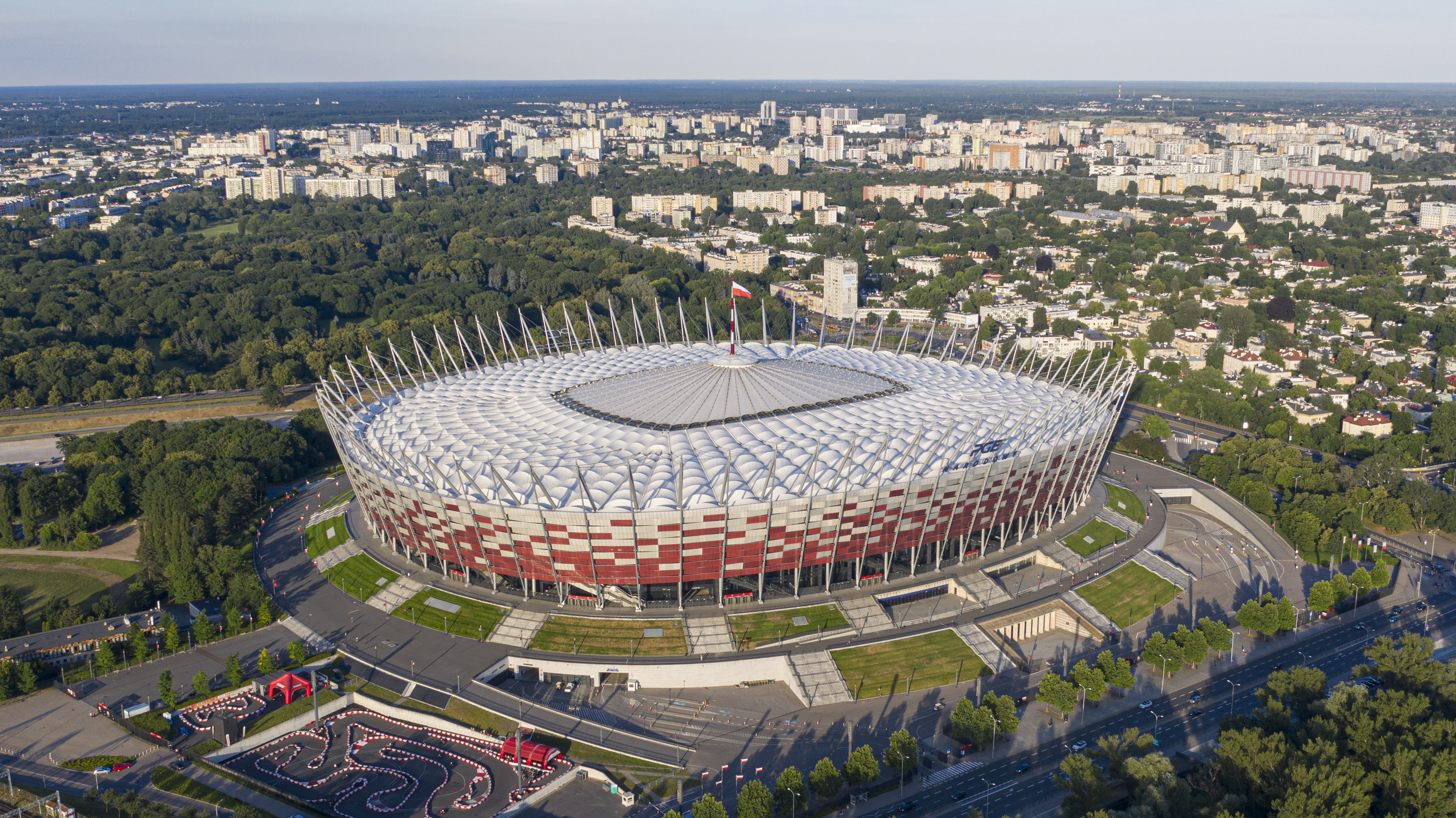
Built on the Vistula River for UEFA Euro 2012, Warsaw’s National Stadium incorporates a lightweight, translucent glass and mesh roof that creates a floating sensation above the field. The retractable centerpiece opens like a flower, allowing sunlight and air into the bowl while maintaining protection from Poland’s unpredictable weather. At night, the glass elements catch LED lights, turning the stadium into a glowing red-and-white lantern that honors the Polish flag. It’s a perfect example of how glass roofs can blend symbolism with state-of-the-art engineering.
23. Arena Națională – Bucharest, Romania
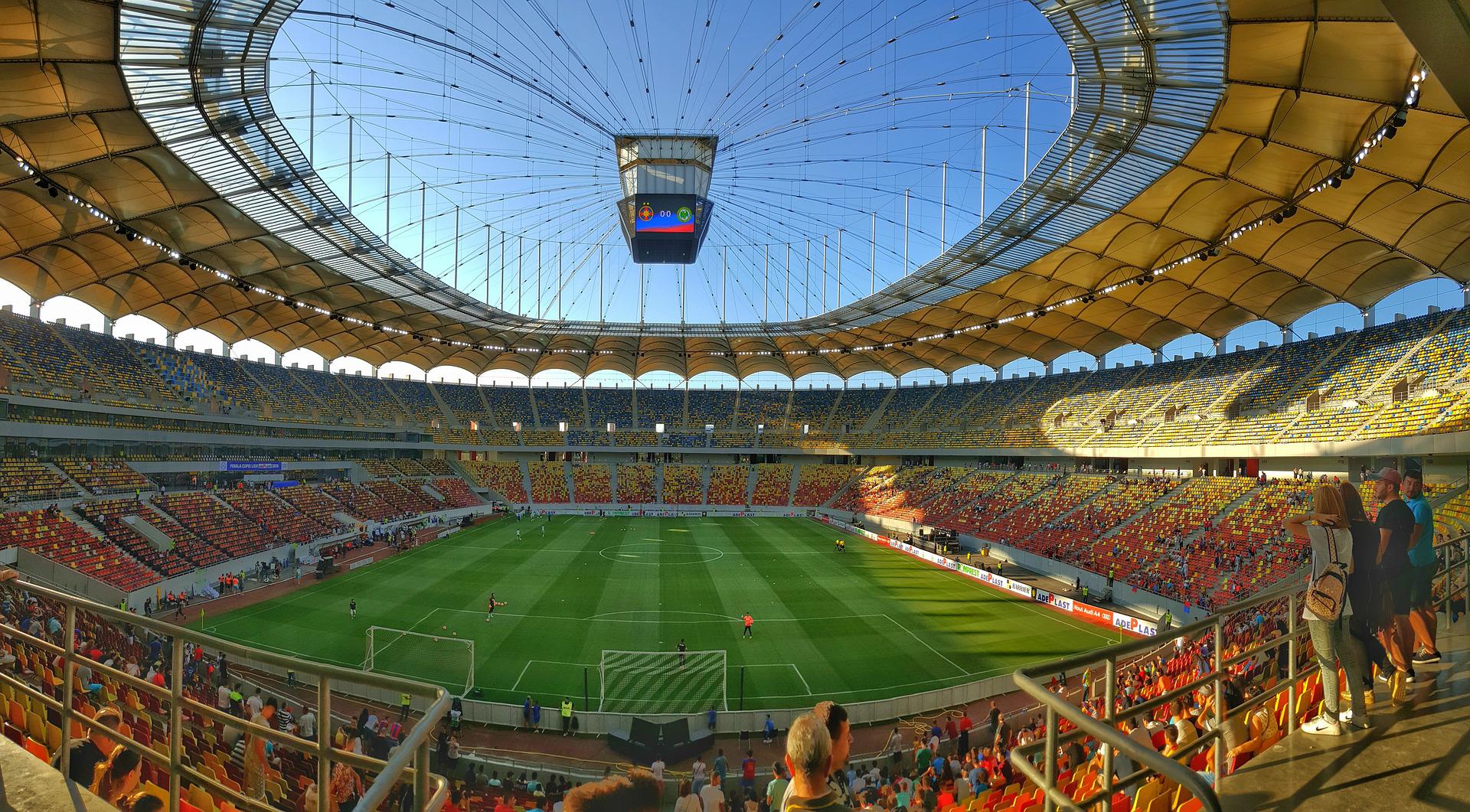
Romania’s largest stadium boasts a retractable roof with clear ETFE panels that allow natural light to reach every corner of the arena—even when closed. This clever feature helps maintain a consistent and bright environment for football matches, concerts, and large-scale events regardless of weather. The roof structure is designed to resemble a giant unfolding circle, echoing the symmetry and elegance of classical domes while bringing in 21st-century transparency and efficiency.
24. Stade de Bordeaux (Matmut Atlantique) – Bordeaux, France
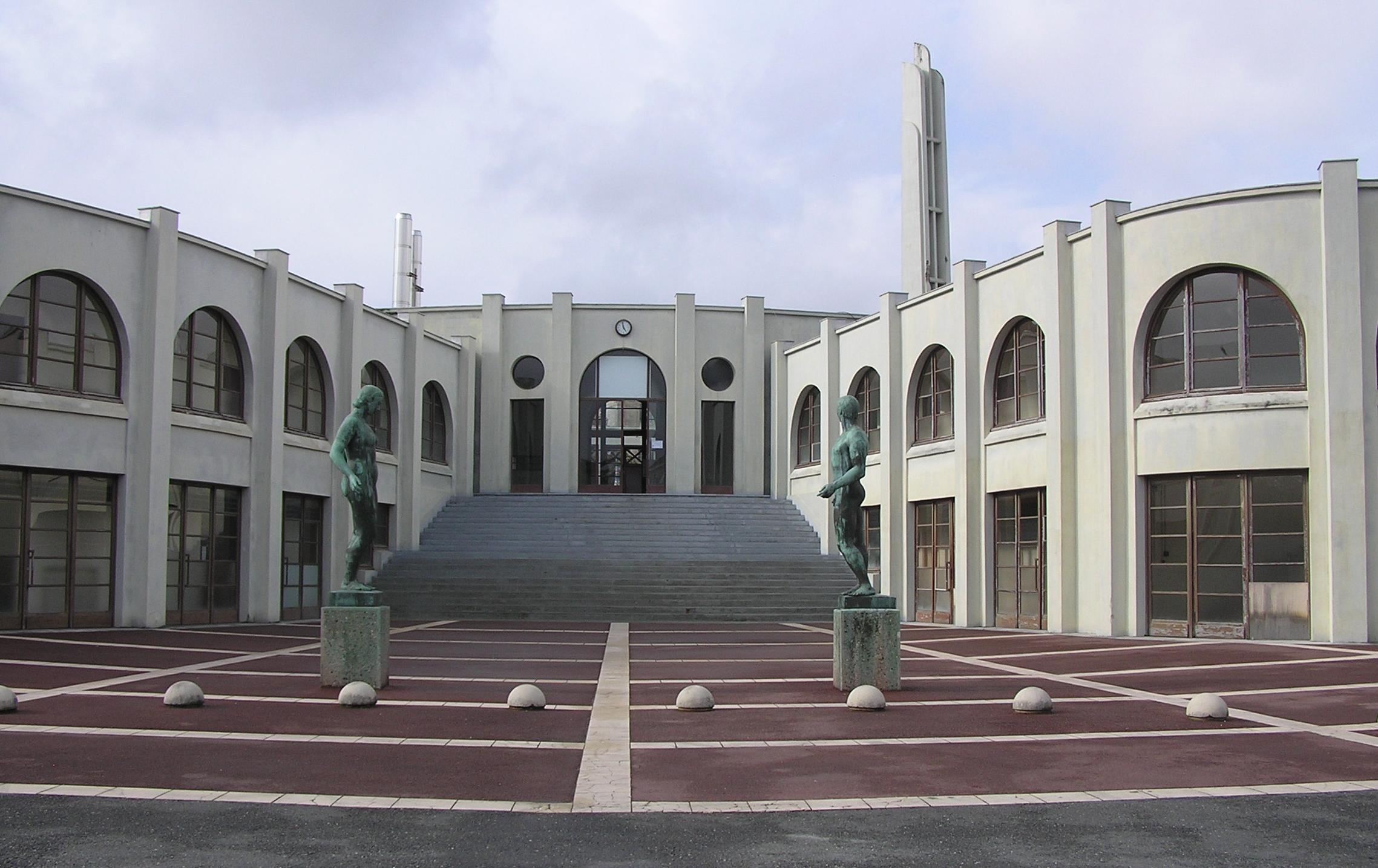
Designed by Herzog & de Meuron, this sleek, minimalist stadium features a large cantilevered glass and ETFE roof that appears to float above its thin, elegant columns. The roof's transparency enhances the stadium’s open-air feeling while ensuring weather protection and energy efficiency. The effect is subtle yet breathtaking—the field glows under filtered daylight, and spectators experience a kind of openness that feels almost ethereal. The structure has been praised as one of the most visually refined stadiums in Europe, and its glass components are key to that architectural serenity.
Glass Roofs: The Future of Stadium Design
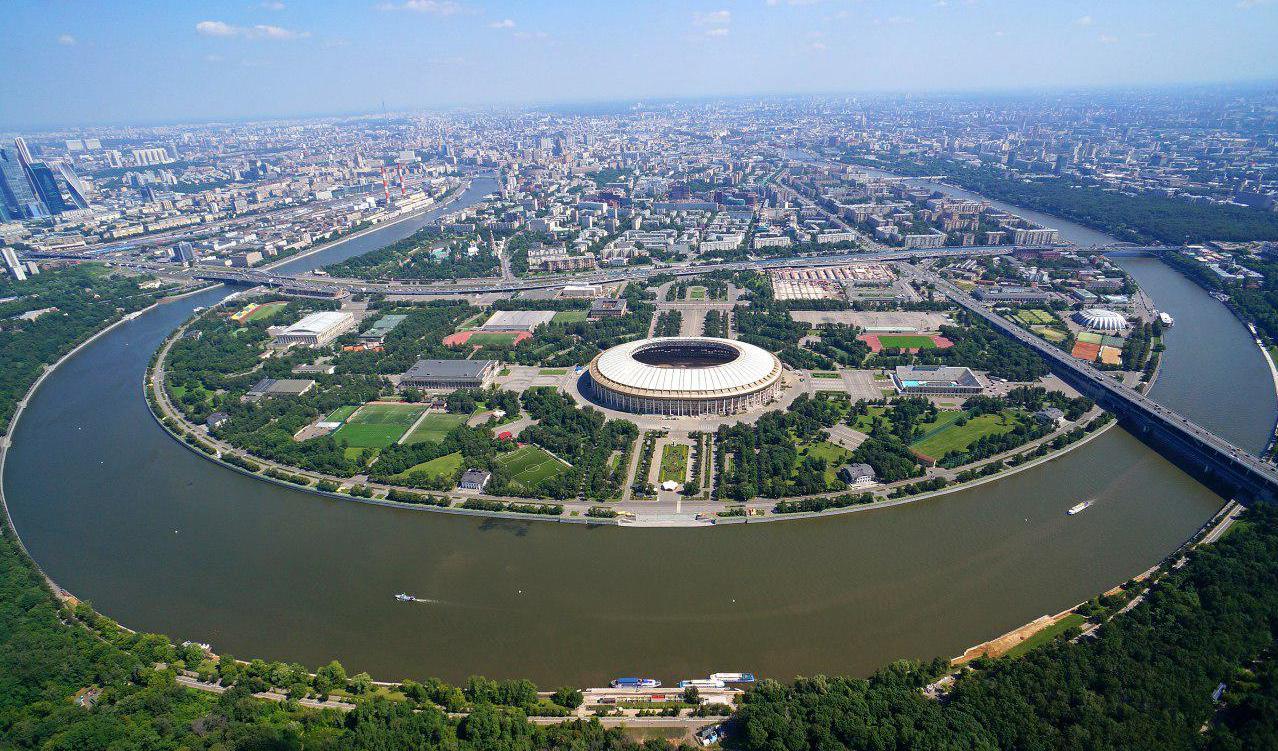
As we’ve explored these 24 stunning glass-roofed stadiums, one thing becomes clear—architecture is no longer just about sheltering the game; it's about elevating the experience. These transparent marvels blur the lines between engineering and artistry, inviting in the sky, the sun, and the city beyond the pitch. Whether it's the glowing aura of Allianz Arena, the futuristic canopy of SoFi Stadium, or the floating elegance of Bordeaux’s Matmut Atlantique, each structure transforms light into part of the performance. Glass roofs offer more than aesthetic appeal—they symbolize a shift toward sustainability, openness, and innovation in how we gather to witness history. As the future of sports architecture continues to evolve, expect even more daring designs that reflect not just the game, but the world around it. Because when glass meets glory, stadiums don’t just host moments—they become them.








